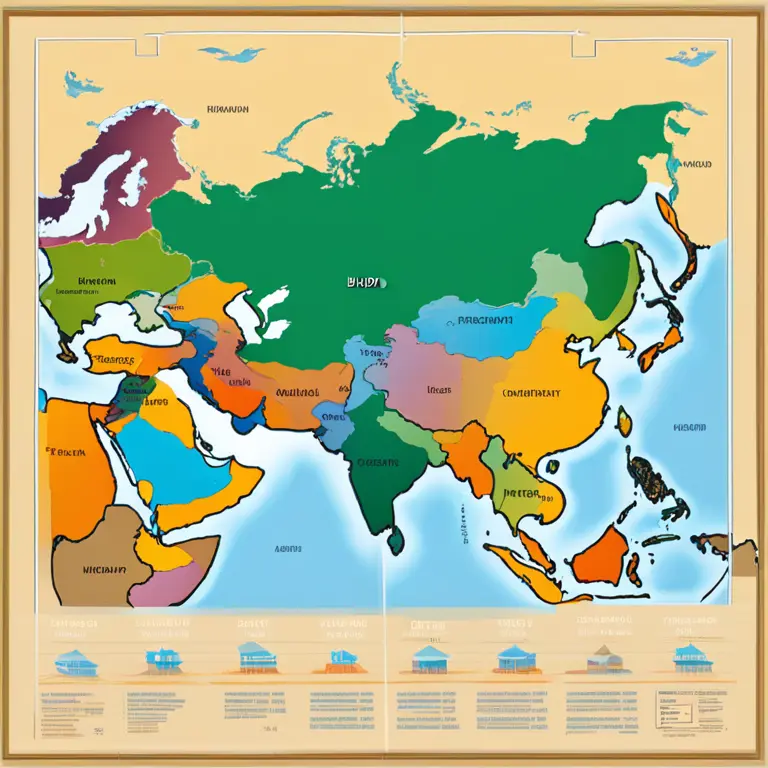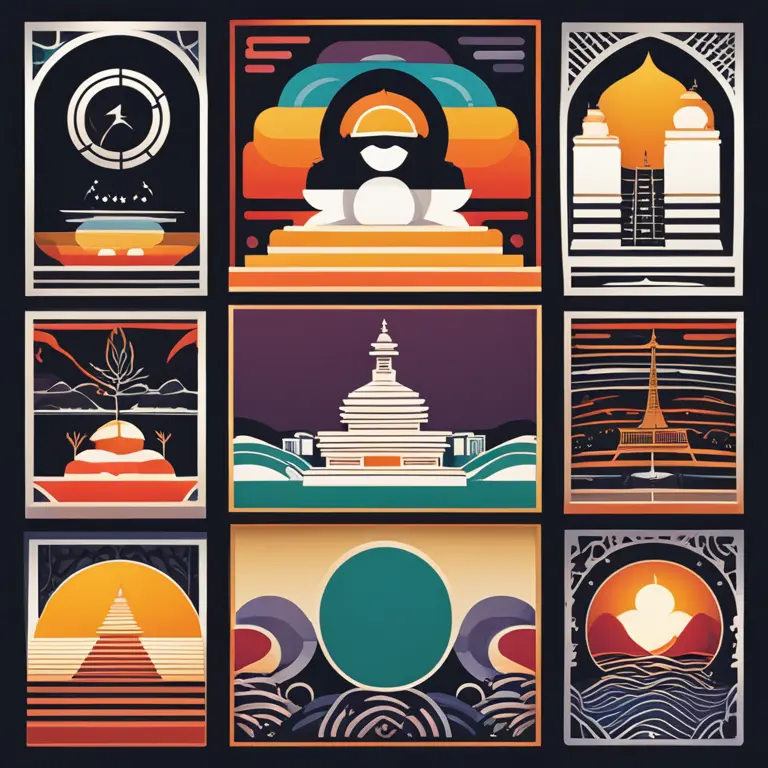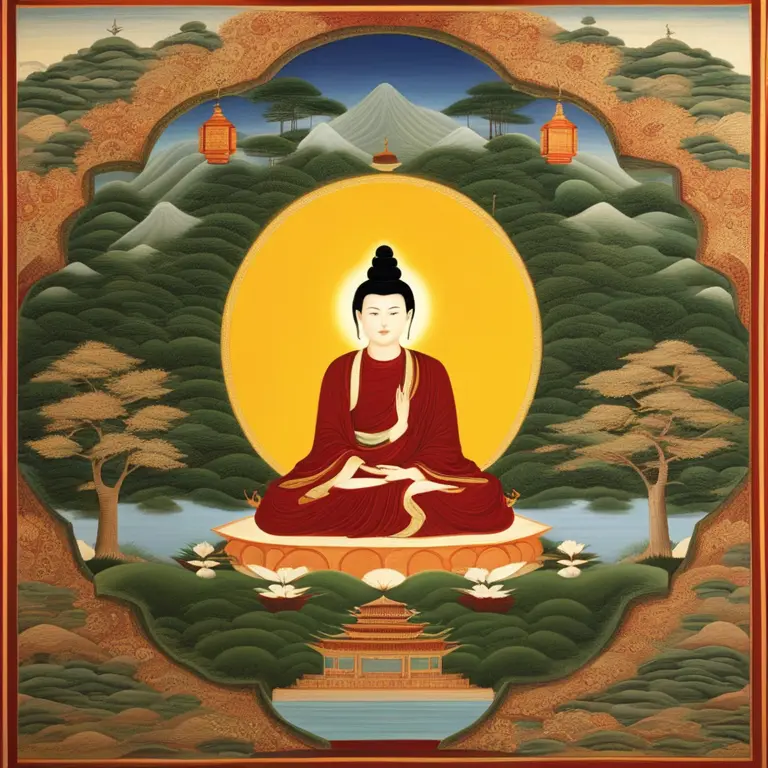
Meditation: Exploring its Historical Roots
Delve into the ancient practice of meditation, exploring its diverse origins and evolution over millennia into a global phenomenon.
article by Hina Kurosawa
The Dawn of Meditation
Meditation, a practice as timeless as civilization itself, has its roots deeply planted in the fertile soil of human history. This ancient technique, designed to nurture the mind and spirit, has evolved across cultures and ages. The earliest recorded evidence of meditation practices dates back to thousands of years before the Common Era, with references found in Hindu scriptures known as the Vedas. These texts offer glimpses into the meditative rituals practiced by sages during the Vedic period in India, laying the foundation for further spiritual methodologies.

The Buddhist Influence
Perhaps no other figure has been as influential in the dissemination of meditation as Siddhartha Gautama, the Buddha. Living in the 5th century BCE, his teachings on mindfulness and meditation as a path to enlightenment became the cornerstone of Buddhism. Through the spread of Buddhism, meditation made its way across Asia, morphing and adapting to different cultures, from the Zen practices in Japan to the Tibetan Buddhist approach, which incorporates visualization techniques.

The Tapestry of Meditation
While early Indian and Buddhist traditions were brewing in Asia, other forms of meditation were being practiced across the globe. The Taoists in China and the Sufis in the Muslim world have also cultivated their own meditative practices for centuries. Each culture sculpted its own forms of contemplative practices aligned with its philosophical and religious foundations, enriching the diverse tapestry of meditation techniques available to practitioners today.

Meditation Enters the Western World
The introduction of meditation to the Western world can largely be attributed to the exchange of ideas during the 20th century. As travelers, scholars, and spiritual leaders crossed continents, they brought with them the wisdom of Eastern traditions. The countercultural movements of the 1960s and 1970s further propelled meditation into the spotlight, as people sought alternative methods for peace and self-realization. The scientific community's growing interest has helped normalize meditation, showcasing its benefits through numerous studies.

The Modern Meditation Movement
In the present day, meditation has seen a resurgence, propelled by a keen public interest in mental health and well-being. Technological advancements have made meditation more accessible, with mobile apps and online platforms offering guidance to a global audience. Moreover, the integration of meditation into healthcare, supported by a robust body of scientific research, positions the practice not only as a spiritual exercise but also as a tool for psychological and physical healing.
The Future of Meditation
Looking towards the future, it's clear that meditation will continue to evolve. Its ability to blend with technology, such as virtual reality and biofeedback, indicates that this age-old practice will remain relevant as it adapts to new eras and innovations. Meditation, while respecting its ancient roots, will likely shape-shift to meet the complex needs of future societies, maintaining a cornerstone position in the exploration of human consciousness.
Published: 1/24/2024
Modified: 1/24/2024
More predictions
Come back here soon to learn more about yourself and your future


Varieties of Meditation Techniques for Inner Harmony
Explore different meditation techniques to enhance your inner peace and spiritual growth in this comprehensive guide.


Meditation Techniques for Stress Relief Explored
Discover effective meditation methods to alleviate stress and foster inner peace in this concise guide for well-being.


The Most Effective Meditation Techniques for Harmony
Discover the potency of various meditation practices tailored for spiritual harmony and self-mastery as we navigate the diverse landscape of mindful tranquility.